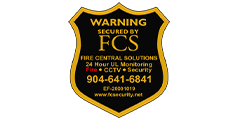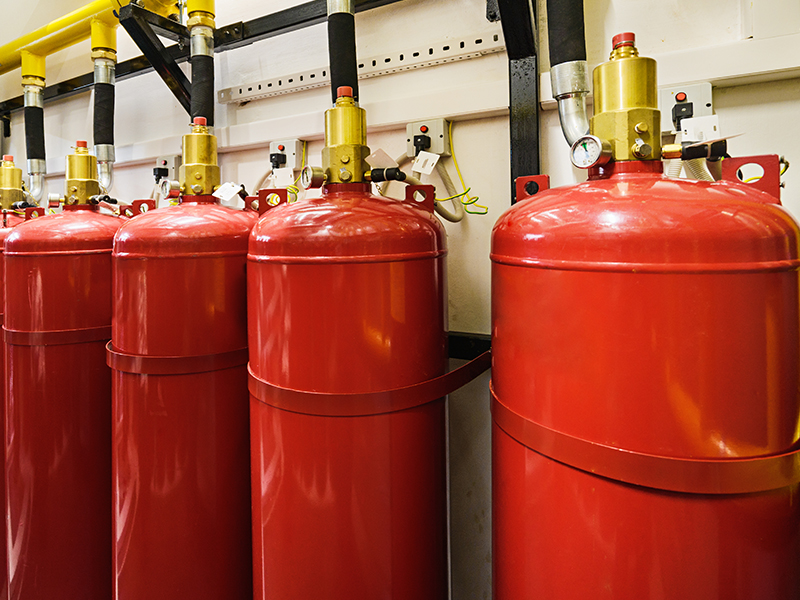Testing and Servicing Requirements for Fire Equipment
Here’s testing and servicing of fire equipment as regulated for commercial premises. It’s mandatory under federal regulations that your equipment is checked regularly to ensure proper serviceability.
For private premises, not all checks are mandatory.
Would you really want to find out your equipment is not working after your house burns down?
In some cases, insurance requirements specify that fire systems must be operational.
If they find out during an investigation that your system was not functioning.
You are not only devastated by your loss, but you may also be severely out of pocket.
The codes that deal with fire testing requirements in the United States fall under the National Fire Protection Agency (NFPA).
As with most safety codes, they are rather extensive.
Most of these codes have been adopted in full with some minor deviations at each state level.
The Common NFPA codes and standards include in the following:
NFPA 101 – Life Safety Code, NFPA 17A – Wet Chemical Extinguishing Systems, NFPA 17 – Dry Chemical Extinguishing Systems,
NFPA 10 – Portable Fire Extinguishers, NFPA 72 – National Fire Alarm and Signaling Code, NFPA 25 – Water-Based Fire Protection Systems.
Nationally NFPA produces over 300 codes and standards.
These standards relate to fire safety, installation, and maintenance.
This is why it can pay to have some expert guidance on weeding out and summarizing the applicable key topics.
Weekly and Monthly Checks
NFPA 101, 25 and 72 detail the weekly functionality checks for all emergency signs and lighting.
Also included are fire pumps, alarm control panels, and sprinkler control valves.
Under the same standards are automatic fire alarms, hood suppression systems, and portable fire extinguishers.
These fall under the monthly checks.
Sprinkler control switches and alarm functionality must also be checked monthly.
All weekly and monthly checks can be performed by a company representative or maintenance personnel.
Quarterly, Semi-annual, Annual, and Periodic checks
Finally, there are a large number of visual and functionality tests, that are required for alarms, sprinklers, and extinguishers.
They need to be performed at proper regular intervals.
Alarms
Alarm testing and fire drills should fall on a weekly and monthly schedule.
There are as well a variety of annual and periodic checks.
Fire Extinguishers
Fire extinguishers should be checked frequently for capacity.
Ideally, you should have a schedule of when they will need to be replaced.
Also, you need to perform the regular visual checks.
Smoke Detectors
Smoke detectors are the easiest item to check.
Battery operated smoke detectors have a warning signal, which indicates if the batteries are getting low.
If this option is not available, batteries should be replaced regularly.
The battery replacement schedules should be noted by the manufacturer.
A functionality test can include spraying with can smoke or a detector test button or magnet.
Sprinklers
Where sprinklers are installed, the various components of the system will require weekly, monthly, quarterly and annual checks.
Then a periodic mandatory (5year inspection).
The primary item that needs regular weekly or monthly checks, and which owners can complete is:
1- Switches In the normally open or closed position.
2- Properly sealed locked or supervised sprinkler devices.
3- Make sure testing areas are accessible.
4- Make sure there are the appropriate wrenches.
5- All piping free from external leaks.
6- System has the appropriate identification plates and signage.
Many other mandatory checks would require a licensed Fire Sprinkler Inspector to carry out for testing of the system functionality.
Fire Services and Monitoring
With the complexities of the fire safety and maintenance codes for commercial premises.
A monitoring service would notify you in the event your system is no longer in compliance with NFPA codes.
Our monitoring company can provide you with 24/7 system monitoring and runner service in the event of an alarm.

